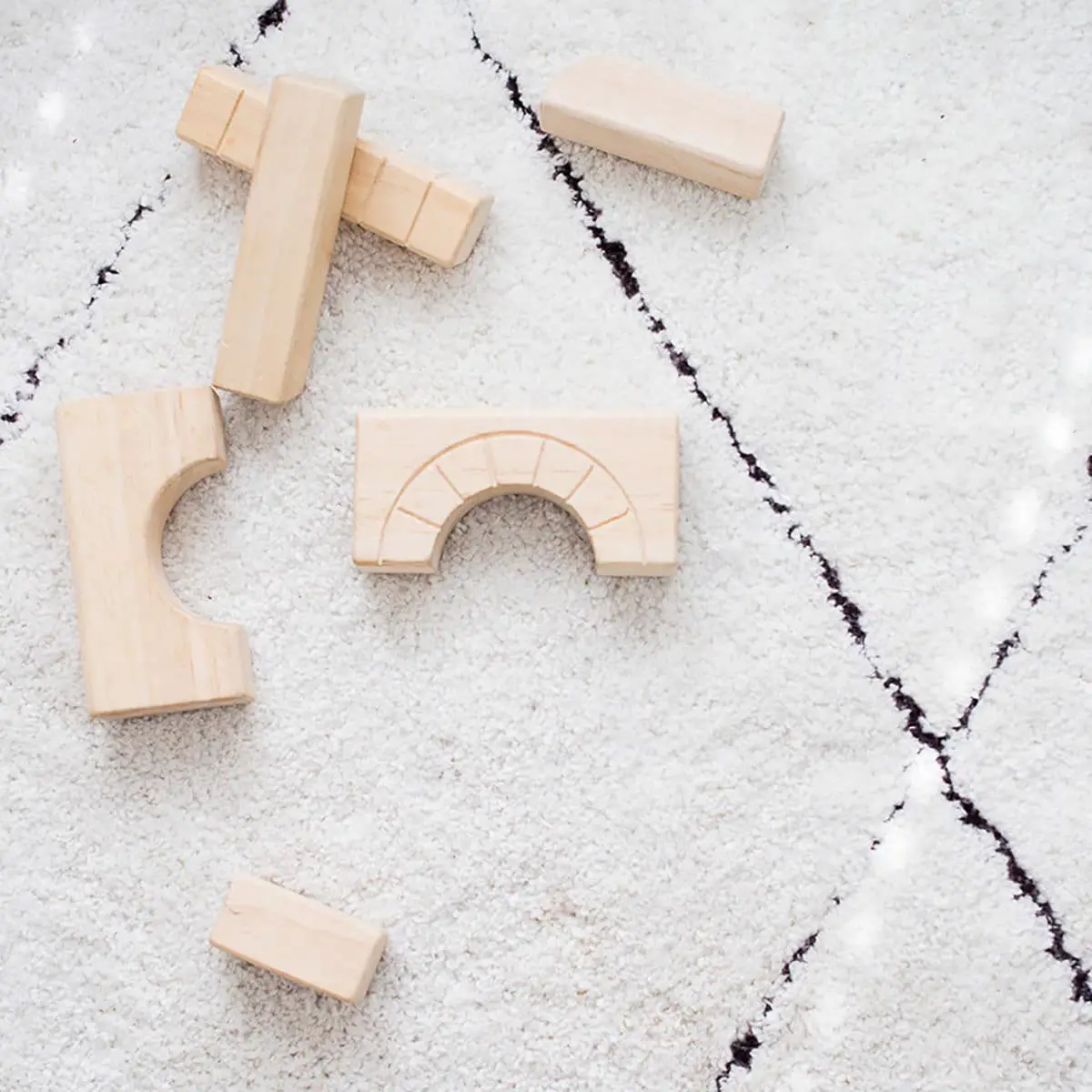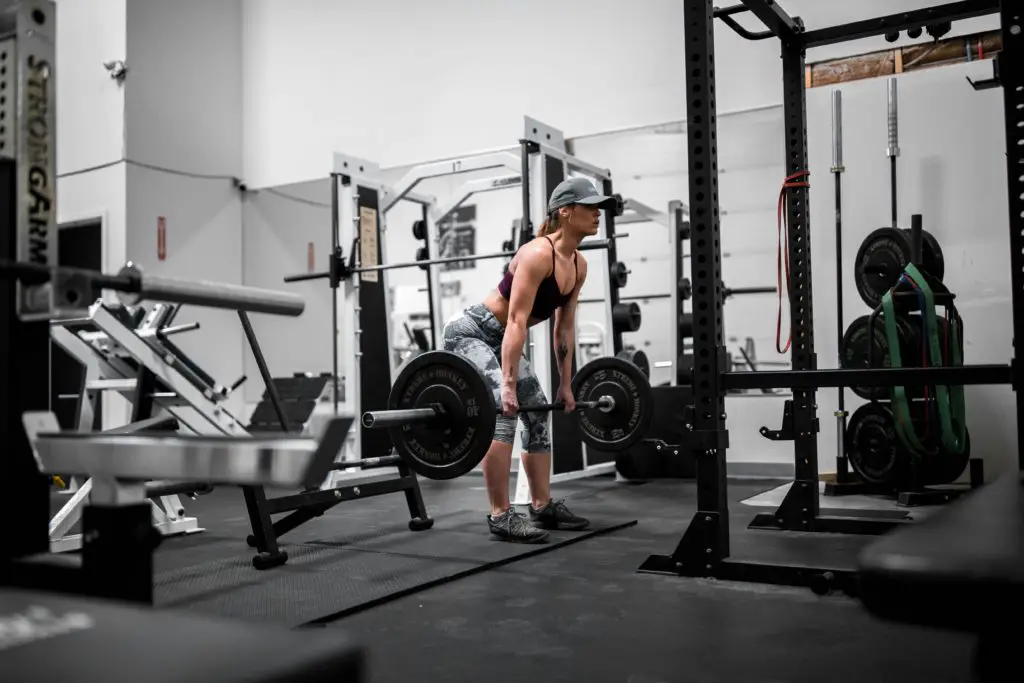Training Shoes Vs Running Shoes: How Do They Differ?
How do you know when to consider buying training shoes vs running shoes? Are they different? This is a question that many people have, especially those who are new to the world of fitness. In reality, there is no definitive answer, as the decision depends on a variety of factors. However, we can provide some general guidelines to help you make the right decision for your needs.
First, let’s start by defining what running shoes and training shoes are.
What Are Running Shoes?
Running shoes are a type of athletic shoe that is specifically designed for running. They have a cushioned sole that absorbs the impact of your foot as it strikes the ground, and they often have a more flexible construction than other types of shoes, which allows your foot to move more freely. Running shoes are available in a variety of styles, colors, and sizes, and they are typically priced higher than other types of shoes.
Note: This post may contain affiliate links, which means if you buy from my link I might make a small commission. This does not affect the price you pay. See the full affiliate disclosure here.
What Are Training Shoes?
The term “training shoes” can be used to describe a number of different types of shoes. In general, training shoes are designed for activities other than running or basketball. They are typically heavier and have more cushioning than other types of shoes. This makes them better suited for activities such as weightlifting, CrossFit, and training in the gym.
Training Shoes Vs Running Shoes
Sole Flexibility
When you are looking for a good pair of shoes to improve your flexibility, what should you be looking for? Training shoes or running shoes? The answer is, it depends.
If you are primarily interested in improving your ankle flexibility, then training shoes are the way to go. They tend to have a bit more flexibility in the sole than running shoes do. However, if you are looking for a shoe that will help improve your overall flexibility, then a running shoe is a better option.
Running shoes typically have a more pliable sole than training shoes do, which allows your foot to move in all directions more freely. This is important because unrestricted movement is key when trying to increase your overall flexibility. So, if you’re looking to improve your overall flexibility, a good pair of running shoes is what you need.
Just be sure to avoid running in shoes that are too loose or too tight, as this can lead to decreased flexibility and even injuries.
Heel Size
When it comes to heel size, there is a big difference between training shoes and running shoes. Training shoes have a much thicker heel than running shoes. This is because training shoes are designed to provide more stability and support, whereas running shoes are designed to be more lightweight and responsive.
If you are looking for a shoe with a thicker heel, then you should opt for a training shoe. However, if you are looking for a shoe that is more lightweight and responsive, then you should opt for a running shoe.
Of course, there are exceptions to this rule. Some running shoes have thicker heels than some training shoes. However, in general, you can expect a training shoe to have a thicker heel than a running shoe. So, if you are looking for a shoe with a thicker heel, then you should opt for a training shoe. If you are looking for a shoe that is more lightweight and responsive, then you should opt for a running shoe.
Remember, heel size is just one factor to consider when choosing a shoe. There are many other factors to consider, such as the type of activity that you will be using the shoe for, the weight of the shoe, and the fit of the shoe.
Breathable And Lightweight
There are pros and cons to both types of shoes, but ultimately it depends on what you are using them for.
If you are looking for a shoe to wear during other forms of exercise or everyday activities, then a training shoe is a better choice. Training shoes are typically more breathable and lightweight than running shoes, which makes them more comfortable to wear for extended periods. They also typically have a lower heel height, which can be beneficial for activities like CrossFit or weightlifting.
Durability
When it comes to shoes for running and training, many people are unsure as to what the difference is. In general, training shoes are more durable than running shoes. This is because running shoes are made for a specific purpose- to help runners move more efficiently. They have a lower heel-to-toe drop which allows your foot to strike the ground closer to its natural position. This helps reduce the risk of injury when running.
Training shoes, on the other hand, are designed for a variety of activities. They usually have a greater heel-to-toe drop, making them less efficient when used for running.
How To Avoid Injuries When Wearing Shoes
It is no secret that shoes play a major role in protecting our feet. However, improper shoe fitting or wearing the wrong type of shoes can lead to a variety of foot injuries.
Here are some tips on how to avoid injuries when wearing shoes:
- Always wear the correct size and type of shoe for your foot type. A good way to find out your foot type is to visit a podiatrist or footwear specialist.
- Make sure that your shoes fit well and are not too tight or too loose. Shoes that are too tight can cause blisters and other types of skin irritations, while shoes that are too loose can lead to ankle sprains.
- Wear supportive shoes when participating in physical activities or exercising. Shoes that are not supportive can lead to ankle and foot injuries.
- Replace your old shoes regularly. Worn-out shoes can cause a variety of foot problems, such as blisters, calluses, and plantar fasciitis.
No matter what type of shoes you choose, be sure to wear them gradually. transitioning into new shoes can help prevent injuries. Start by wearing them for an hour or two at a time, then gradually increase the amount of time you spend on them. As your body gets used to the new shoes, you can start using them for your workouts.







